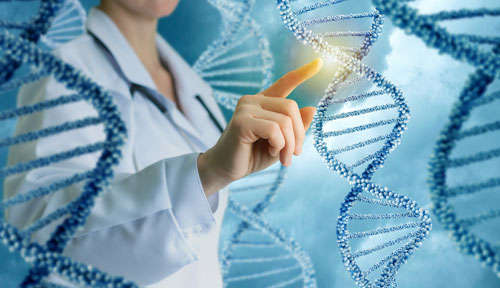Perhaps you’ve heard the saying: “Seen one person with autism, seen one person with autism.” The adage speaks to the fact that all people on the autism spectrum are individuals with different capabilities, personalities, challenges and life trajectories.
A recent study published in the journal Nature Genetics offers new biologically based insights that explain some of the differences between individuals with autism spectrum disorders. The study included more than 5,000 children ages 4 to 18 with autism and examined them in terms of social interactions, repetitive behaviors, developmental milestones and genetic markers.
Conducted by scientists at Princeton University and the Simons Foundation Autism Research Initiative, the study breaks down the autism diagnosis into four subtypes, though scientists believe there may be additional ones.
For now, these are the subtypes that have been identified. They have been distinguished by their prevalence, profile, co-morbidities and genetic variants.
Subtype 1: Children with Social & Behavioral Challenges
Subtype 1 affects 37% of the autistic children in the study. These children present with core autism characteristics such as trouble with social interactions and repetitive behaviors. Many of these children also have other conditions such as ADHD, anxiety, depression or obsessive-compulsive disorder and they typically achieved developmental milestones on time. The children have genetic mutations that expressed themselves later in childhood which explains why they were diagnosed later than other children with autism.
Subtype 2: Mixed ASD with Developmental Delay
This subtype affects 19% of children with autism in the study. These children experienced delays in developmental milestones but were less likely to be diagnosed with ADHD or anxiety disorders. Their genetic profiles featured a combination of rare, inherited mutations which suggest that their autism may stem from inherited biological origins.
Subtype 3: Moderate Challenges
Thirty-four percent of children in the study were designated with Subtype 3. These children experienced milder autistic traits, were less likely to have other psychiatric diagnoses and met developmental milestones on time. Their genetic load was unlikely to show rare or psychiatric mutations.
Subtype 4: Broadly Affected
Subtype 4 affected 10% of study participants. These children had the most severe and pervasive developmental delays, social and communication challenges, repetitive behaviors and psychiatric problems. Their genetic profiles showed many rare and detrimental mutations that were often located in genes that impacted prenatal brain development.
Hopefully, the findings of the study will lead to better treatment and support for individuals with autism.


